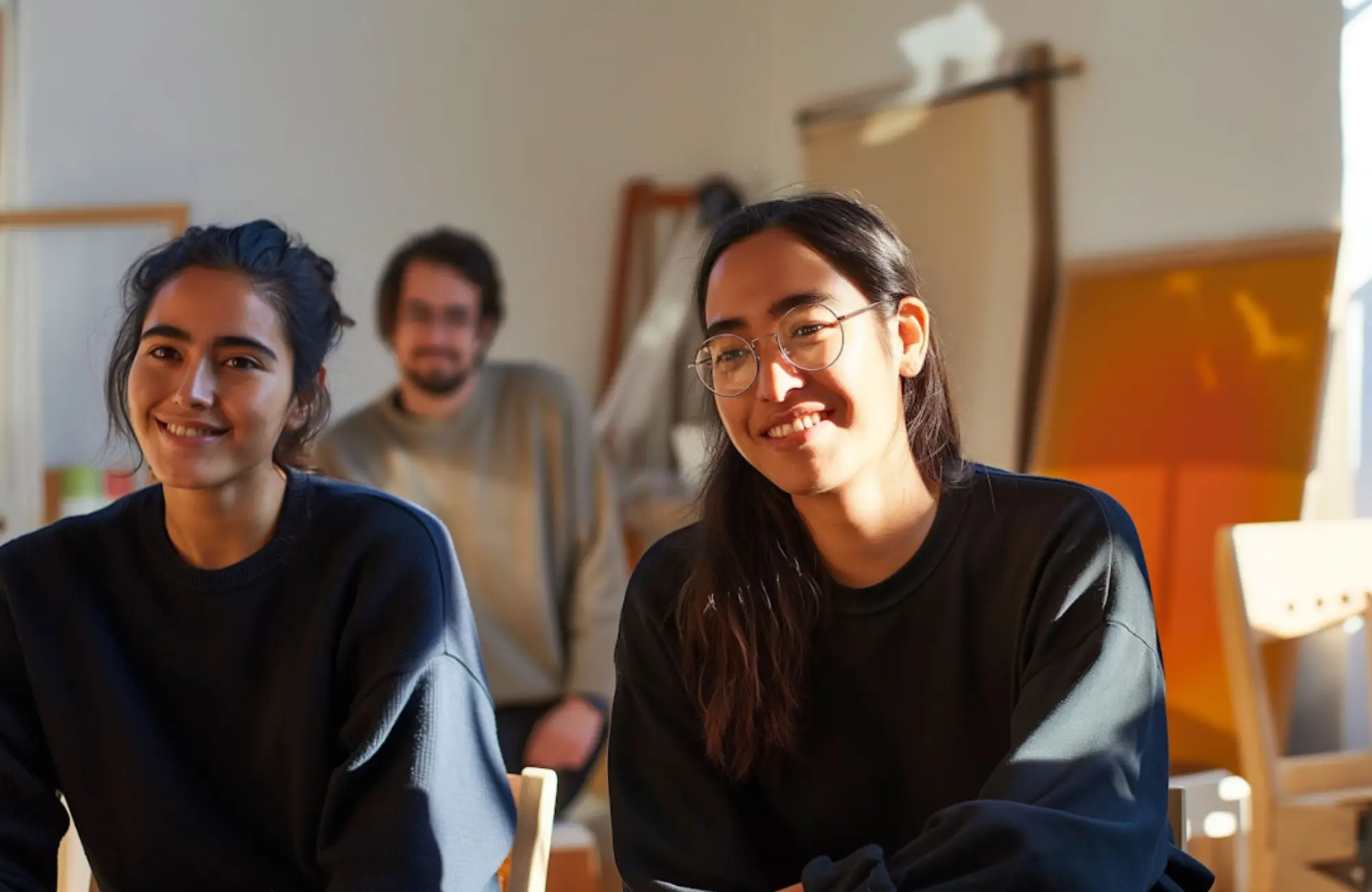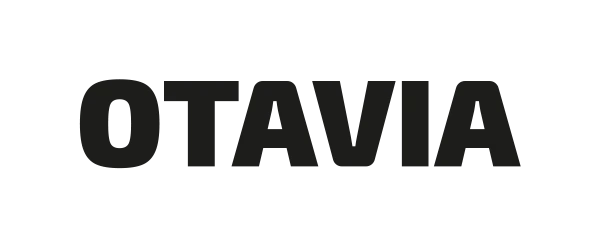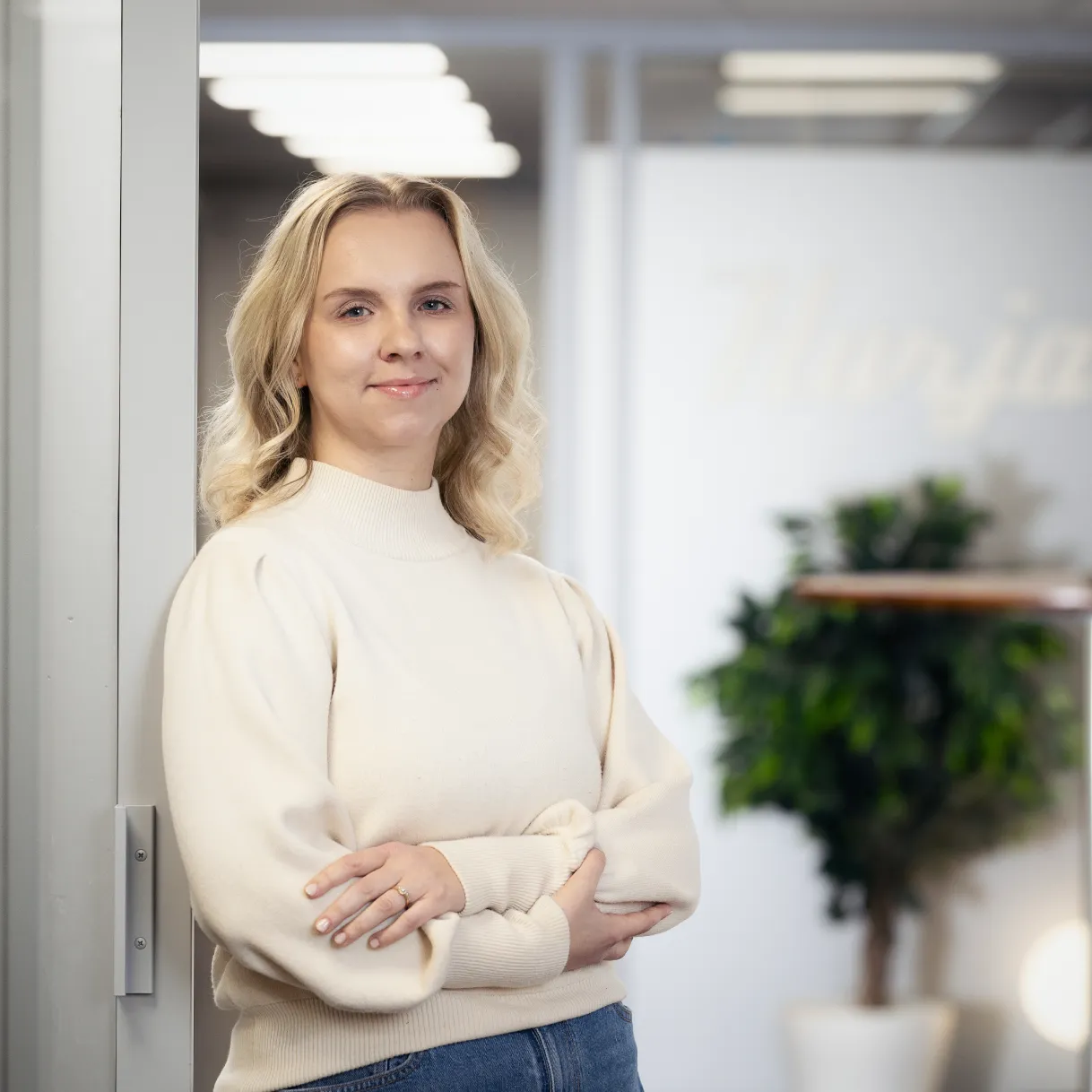
City of Mikkeli's Municipal Enterprise Otavia

Otavian Otavia specializes in online pedagogy, with most of its teaching taking place online. Their educational offering includes Nettilukio (online upper secondary school), Nettiperuskoulu (online comprehensive school), and educational programs for immigrants. Otavia also oversees Otavan Opisto, which provides folk high school courses in areas such as music, IT, gaming, sustainable development, and well-being.
Aiming to bring Finnish educational expertise to global markets
Otavia’s goal is to bring Finnish education and e-learning platform expertise to international markets. Both Otavia and Finland in general have strong know-how and experience in delivering effective online education via digital learning platforms—expertise that is not yet fully utilized outside the country. By digitalizing education, it becomes possible to offer learning opportunities even in areas where young people may otherwise struggle to access schooling.
To support this goal, Otavan Opisto (a part of Otavia) is developing an international learning platform (World Wide Academy), where ease of use plays a critical role due to varying skill levels among future users. The platform needs to be simple, intuitive, and accessible for students and teachers alike, especially since many users will have no prior experience with digital learning tools.
When the project began, Otavan Opisto’s own developer had already created a demo version of the platform to test different features and structures. To ensure the usability of this demo, Otavia partnered with Hurja to support the UI/UX design. After the design phase, the goal is for Otavia to internally build an MVP version of the platform, apply for funding based on that version, and later develop the final product within a separate project.
Usability and accessibility at the core of the design
The project began with a kickoff meeting where the current situation, goals, and expectations were clarified. Working practices and communication tools (weekly meetings, Slack, Trello, etc.) were also agreed upon. The working language of the project was English.
Project progress
Mobile-first design and accessibility compliance
UI/UX design for the learning platform was carried out using a mobile-first approach, while ensuring AA-level accessibility. Since there was no initial visual identity for the platform, Material Design (Google’s open-source design system) was used as a starting point, and customized flexibly as the project progressed.
From wireframes to a clear and accessible user interface
The next step was to refine and simplify the structure and logic of the demo. This was first done through wireframes, which helped convert complex features into clearer, more manageable components. Once the wireframes were approved, the visual design of the interface was developed according to the client’s preferences, while meeting accessibility requirements.
It was crucial to design the platform with the assumption that many users may have no previous experience with digital learning environments.
In addition, most users would be accessing the platform via mobile devices—and at times even without internet connectivity. Therefore, the final solution needed to be highly intuitive and usable without any instructional materials.
User-focused design delivering tangible results
This was a comprehensive project completed by Hurja in just two months. Approximately 100 screen designs were created, all of which were approved by the client. As a result, Otavia received UI/UX designs that comply with AA-level accessibility requirements. These allowed the client to continue developing the demo systematically and will support the future development of the MVP internally.
Weekly planning sessions with the client’s developer and Product Owner ensured smooth progress in manageable parts. Discussions included platform logic, feature needs, and new development ideas. Hurja also provided coding-ready materials weekly. Project tracking was managed in Trello, allowing the client to follow Hurja’s work in real time. Collaboration was further supported by a shared Slack channel for continuous communication.
The accessible, user-oriented UI/UX design for the World Wide Academy platform enables Otavia to build a functional MVP for funding purposes and supports the creation of the final product from a user-centric starting point. Thanks to the thorough design phase, Otavia now has an excellent foundation to succeed in bringing Finnish educational and platform expertise to international markets.
Shall we get started?
"*" indicates required fields


